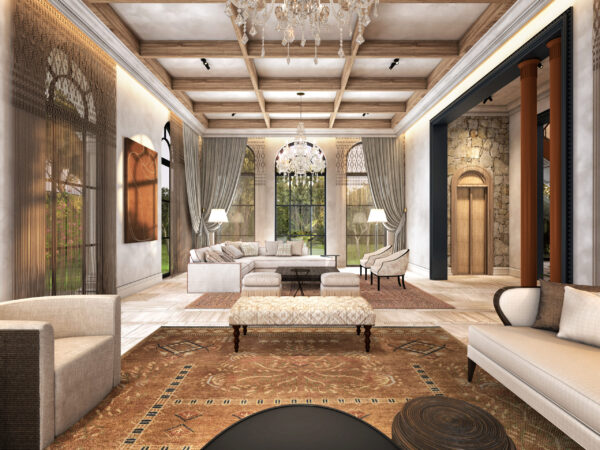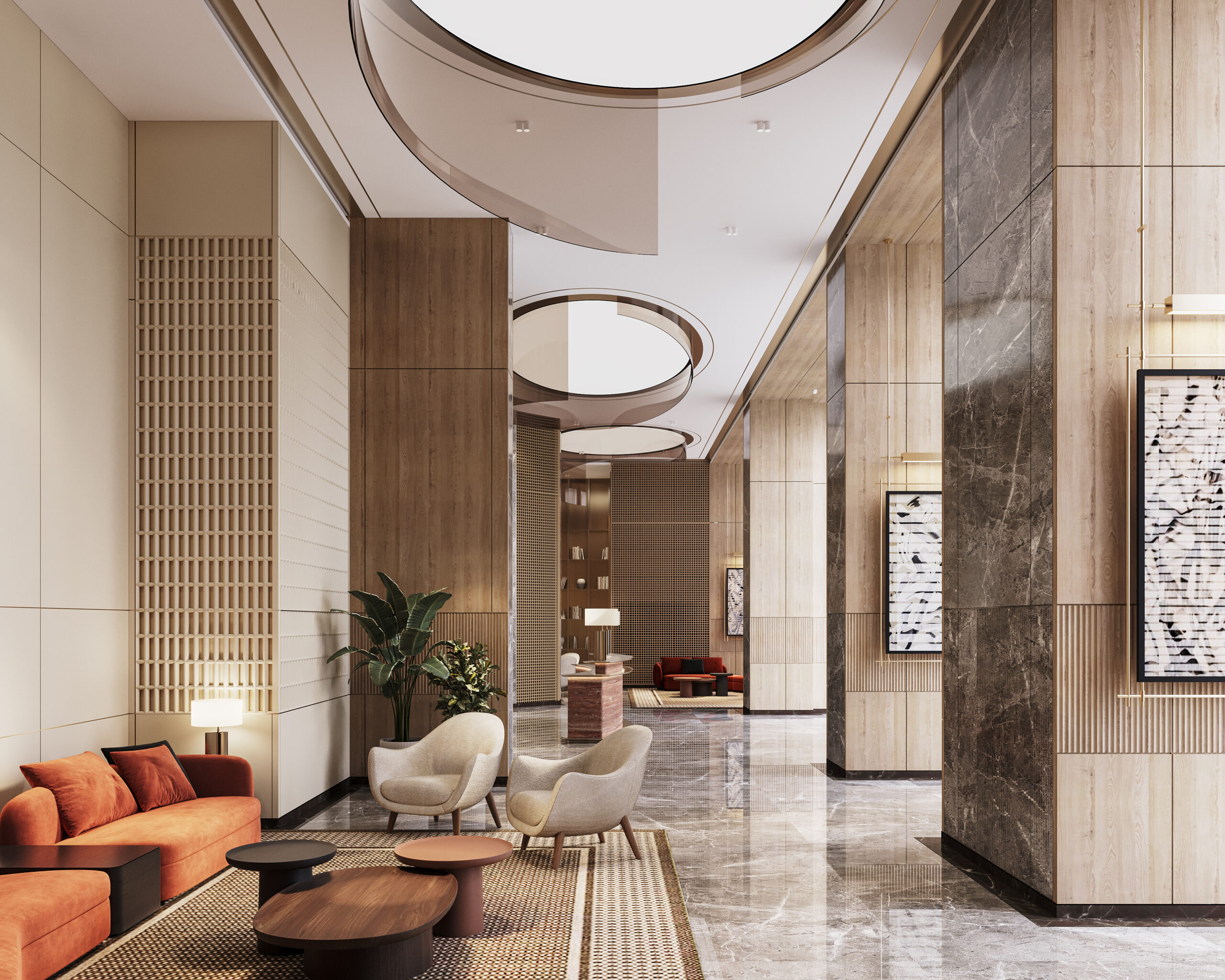How to Reinforce Brand Narrative in Boutique Hospitality Spaces
When designing for boutique hospitality, it’s essential to set a space apart; it’s not only about offering luxury or comfort, but also about the story of the brand. A brand’s narrative is the aspect that guides how a space is essentially experienced and remembered. Interior design is where this narrative takes form: through combining various design details, be it the textures that invite touch, details that linger in memory, and spaces that instinctively feel like they belong to the brand.
Before drawings or finishes emerge, the process begins with understanding a brand’s roots, its ambitions, and the experiences it hopes to create. The guiding question is always simple: What makes this place and brand different, and how should it feel?

Narrative made tangible by understanding a brand’s roots
From there, the story serves as a compass. This is why branding in hospitality can’t be reduced to a logo or brochure; it comes alive through the interior details that shape a guest’s experience. Every proportion, material, and piece of art contributes to how the brand is perceived.
Key Elements That Carry a Brand Story
Mapping the guest journey: Designing with narrative means imagining a guest’s day, from the first impression at arrival to the transition into rest, and the smaller pauses in between. Each of these moments becomes an opportunity to bring the brand’s voice forward, whether it’s through the warmth of a greeting, the way design frames a view, or the comfort of details that feel considered.

In this lobby, arrival is defined through openness, proportion, and meticulous detail, setting the guest journey in motion
Focus on creating multi-sensory experiences: What stays with a guest is rarely just what they see. It’s the quieter details, such as the fragrance that greets them each time they enter or the familiar texture of materials under their hands. These cues stitch the brand into memory in ways no visual identity alone can achieve.
Bringing artistic craftsmanship to the forefront: Art should not be considered just as an accessory in boutique hospitality; it’s integral to expressing a brand’s ethos. Collaborating with artists and craftspeople enables each woven, carved, or painted piece to extend that story, creating interiors that are anchored in meaning rather than ornament.
The role of lighting design: Lighting design is equally essential to understated and set the experience of the boutique hospitality space. Natural light opens up spaces and connects them to the outdoors, while softer tones invite guests to slow down and linger. The thoughtful interplay of natural and artificial light shapes an atmosphere that feels instinctive, aligning the guest’s journey with the brand’s intent.

A play of daylight and warmth shaping a mood of comfort
When interior design is rooted in narrative, hospitality spaces move beyond aesthetics or convenience. They become places where a brand’s values are not only seen, but felt, in the intricate details, the gestures, and the memories guests carry with them. Narrative-led design transforms a stay into a story that guests step into, one experience at a time.




